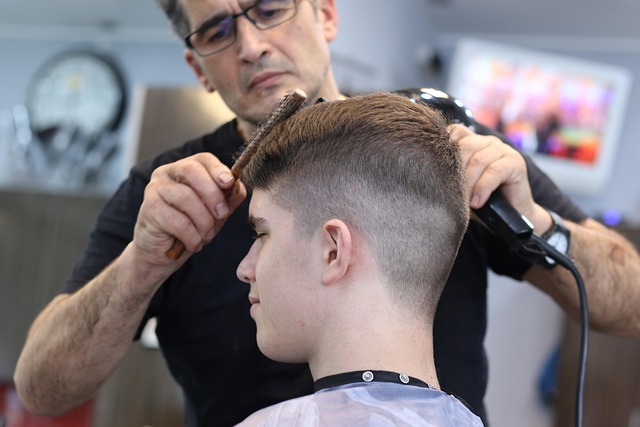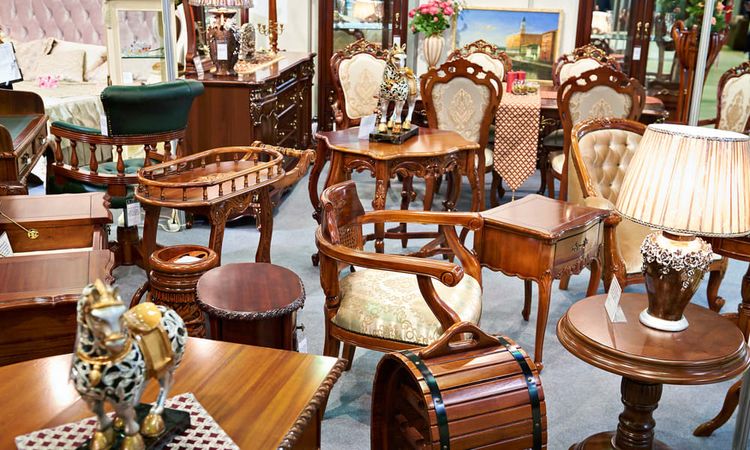10 Best Hairdos for Fine Hair Over 70 — Flattering, Low‑Maintenance Styles and Practical Tips
Finding the right hairstyle can transform your look and boost confidence at any age. For those over 70 with fine hair, selecting cuts and styles that enhance natural texture while adding volume is key. Fine hair often becomes thinner and more delicate with age, requiring thoughtful styling choices that minimize damage while maximizing fullness. This guide explores ten flattering, low-maintenance hairstyles specifically designed for fine hair over 70, along with practical styling techniques and care tips to help you achieve beautiful, manageable hair every day.

As hair naturally changes with age, many people over 70 notice their strands becoming finer, thinner, and more fragile. Rather than viewing this as a limitation, it presents an opportunity to explore hairstyles that work with your hair’s natural texture while adding volume, movement, and style. The right cut can make fine hair appear fuller and more vibrant, while also being easy to maintain. Understanding which styles flatter mature features and complement fine hair texture helps you make informed decisions about your next salon visit.
Short Cuts That Add Instant Volume and Lift
Short hairstyles remain among the most popular choices for fine hair over 70 because they naturally create the appearance of fullness. A classic pixie cut removes weight from the hair, allowing it to lift at the roots and appear thicker. The cropped length also reduces styling time significantly. Variations include textured pixies with longer layers on top, which can be tousled for added dimension, and sleek pixies that offer a polished, sophisticated look. Short crops work particularly well for fine hair because they prevent strands from being weighed down by length. Feathered cuts with wispy ends create movement and softness around the face, while tapered sides keep the style neat and manageable. These cuts typically require minimal daily styling—often just a quick blow-dry or finger-combing with a light product.
Bob and Lob Variations Tailored for Fine Mature Hair
Bobs and long bobs (lobs) offer versatility and elegance for those who prefer slightly more length. A chin-length bob creates a youthful frame around the face while maintaining enough body to look full. The key for fine hair is incorporating subtle layers that add dimension without creating gaps or thinning the ends. An angled bob, slightly longer in front and shorter in back, draws attention to the face and creates a flattering silhouette. The lob, which falls between the chin and shoulders, works well when styled with gentle waves or a smooth blow-out. Blunt-cut bobs can also be effective for fine hair, as the solid baseline creates the illusion of density and thickness. Adding side-swept bangs or a deep side part introduces asymmetry and volume at the crown. These styles suit various face shapes and can be adapted to personal preferences, whether you favor a sleek, polished finish or a more relaxed, tousled texture.
Soft Layers and Face-Framing Cuts to Create Movement and Shape
Layering is a powerful technique for fine hair, but it must be done carefully to avoid over-thinning. Soft, graduated layers throughout the hair create natural movement and prevent the flat appearance that can occur with one-length cuts. Face-framing layers that begin around the cheekbones or jawline draw attention to your best features while adding dimension. These layers should be subtle and blended seamlessly to maintain the appearance of fullness. Long layers work particularly well for those who want to keep some length while still achieving body and bounce. The layering technique lifts hair away from the scalp, creating space and volume. Feathered ends on layers soften the overall look and prevent harsh lines. When combined with the right styling products and techniques, layered cuts can transform fine hair from limp and lifeless to full of movement and vitality.
Simple Styling Techniques and Tools to Boost Fullness Without Damage
Proper styling techniques make a significant difference in how fine hair looks and feels. Start with a volumizing mousse or root-lifting spray applied to damp hair, focusing on the roots. When blow-drying, flip your head upside down or lift sections at the root with a round brush to create lift. Use the cool setting on your dryer to set the style and add shine. Velcro rollers are excellent for adding volume without heat damage—simply roll sections of damp hair, allow them to air-dry or use a low-heat setting, then remove for natural-looking fullness. Avoid heavy styling products that weigh hair down; instead, opt for lightweight formulas designed for fine or thinning hair. Teasing or backcombing at the crown can create instant height, but do so gently to prevent breakage. A wide-tooth comb is gentler than a brush for detangling. Limit heat styling to prevent damage, and always use a heat protectant spray when using hot tools. Embrace your natural texture when possible, as excessive manipulation can stress fragile strands.
Daily Care Product Recommendations and Maintenance Tips for Fine Hair Over 70
Maintaining healthy fine hair over 70 requires a thoughtful care routine. Choose a volumizing or thickening shampoo and conditioner specifically formulated for fine or aging hair. These products typically contain proteins and polymers that coat each strand, making it appear thicker. Avoid heavy, moisturizing formulas that can weigh hair down. Condition only the mid-lengths and ends, keeping conditioner away from roots to prevent flatness. Consider using a clarifying shampoo once a week to remove product buildup that can make fine hair look limp. Dry shampoo is a valuable tool between washes, absorbing oil and adding texture and volume at the roots. Regular trims every six to eight weeks keep ends healthy and prevent thinning at the tips. Protect hair from sun damage with hats or UV-protective sprays, as mature hair is more vulnerable to environmental stressors. Gentle scalp massage during shampooing stimulates circulation and promotes healthy hair growth. Stay hydrated and maintain a balanced diet rich in proteins, vitamins, and omega-3 fatty acids to support hair health from within. Consider supplements like biotin or collagen after consulting with a healthcare provider.
Choosing the Right Style for Your Face Shape and Lifestyle
Selecting a hairstyle involves more than just considering hair texture—face shape and lifestyle play crucial roles. Oval faces suit most styles, while round faces benefit from height at the crown and longer layers that elongate. Square faces look best with soft, curved lines that soften angular features, while heart-shaped faces are flattered by chin-length cuts that balance a wider forehead. Consider your daily routine and how much time you can dedicate to styling. If you lead an active lifestyle or prefer minimal maintenance, shorter cuts or wash-and-go styles may be ideal. For special occasions, having a style that can be easily dressed up with accessories or simple techniques adds versatility. Consult with a stylist experienced in cutting mature, fine hair, as they understand the unique challenges and can recommend styles that work with your hair’s natural characteristics. Bring photos of styles you admire, but remain open to professional advice about what will work best for your specific hair type and face shape.
Fine hair over 70 offers numerous styling possibilities when approached with the right techniques and realistic expectations. The ten hairstyle categories explored here—from short pixies to layered lobs—provide options for various preferences and lifestyles. The key is choosing cuts that add volume, movement, and shape while being easy to maintain. Pairing the right hairstyle with proper care, suitable products, and gentle styling techniques ensures your hair looks its best every day. Embrace your natural texture, work with experienced stylists, and remember that beautiful hair at any age comes from healthy habits and styles that make you feel confident and comfortable.




